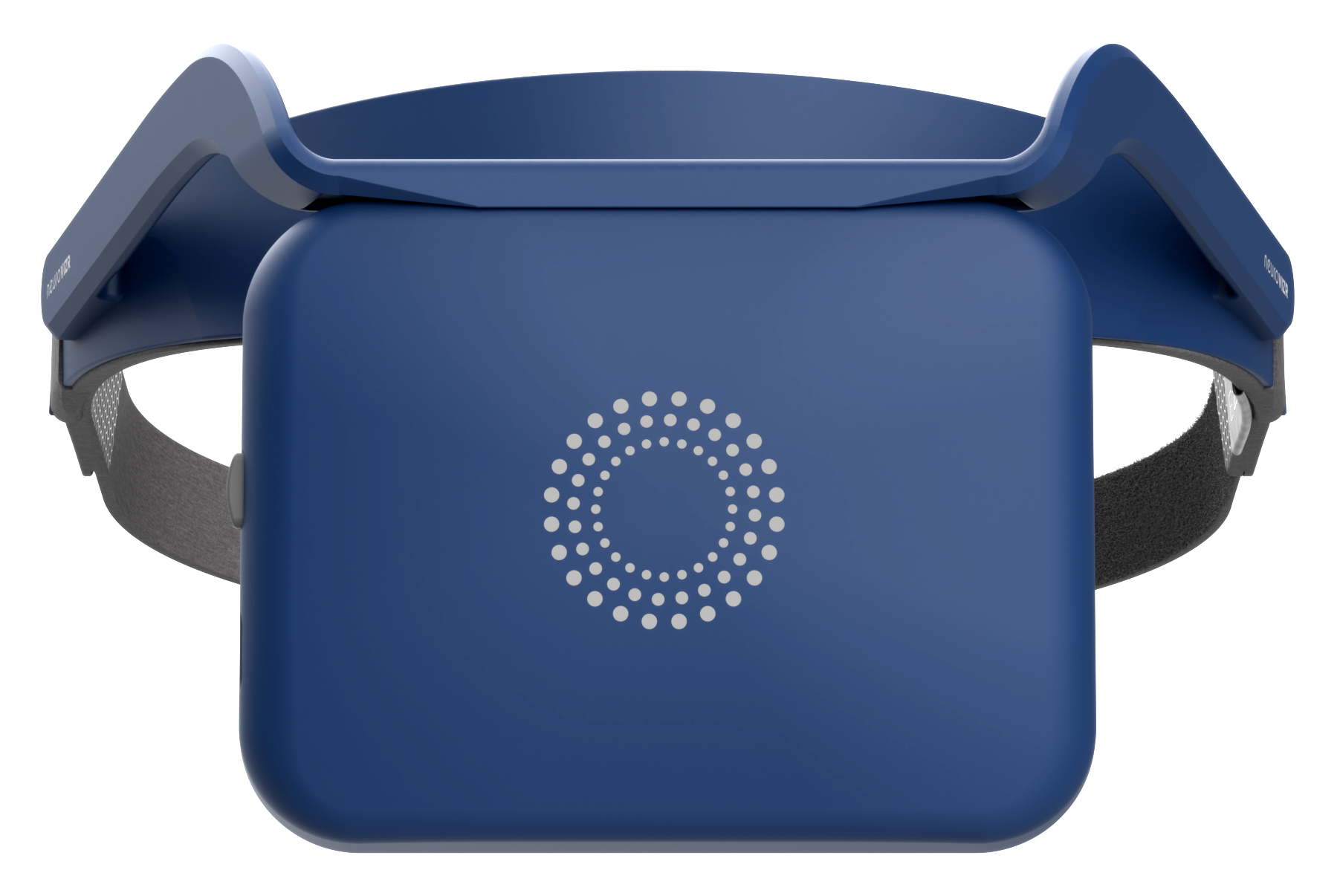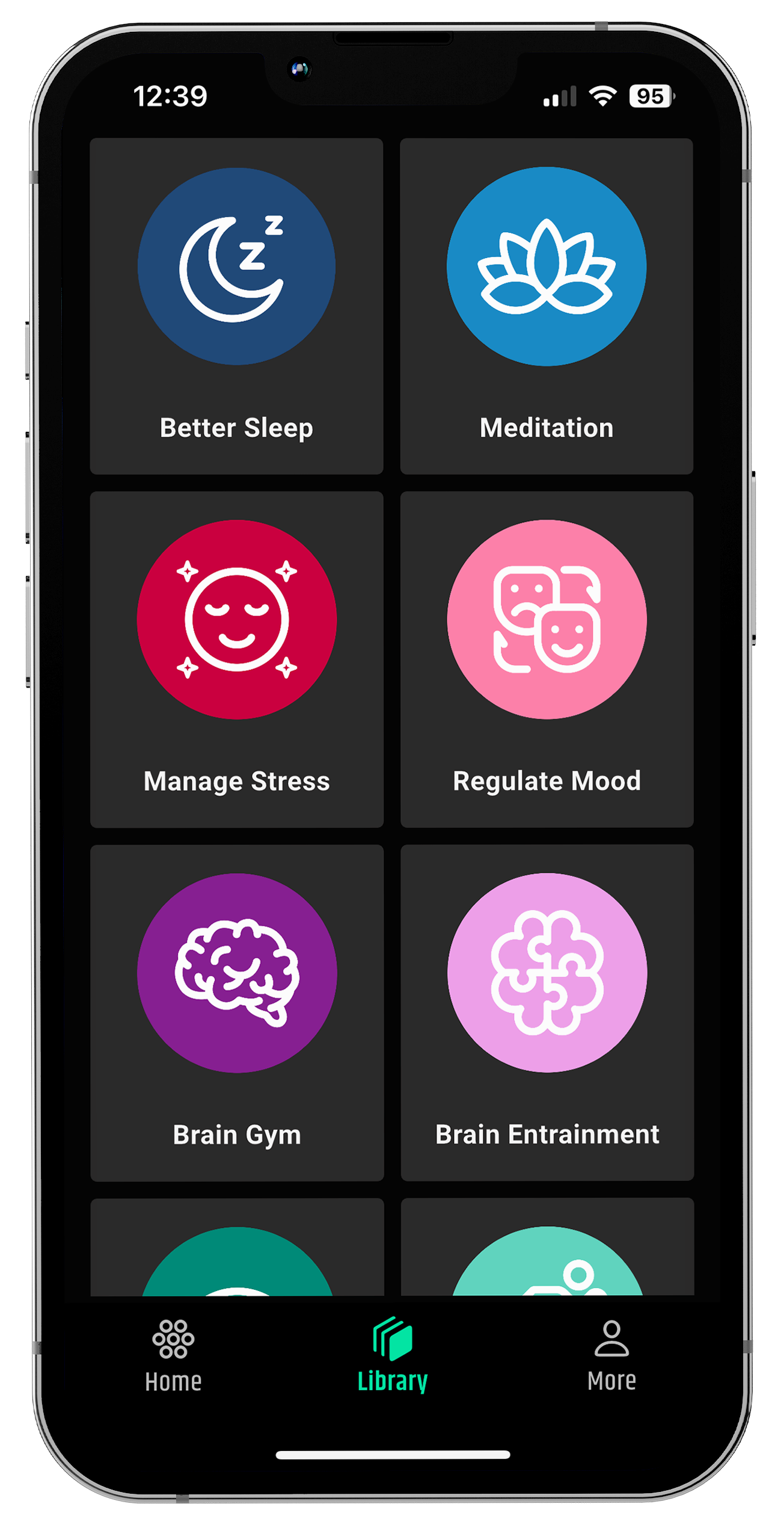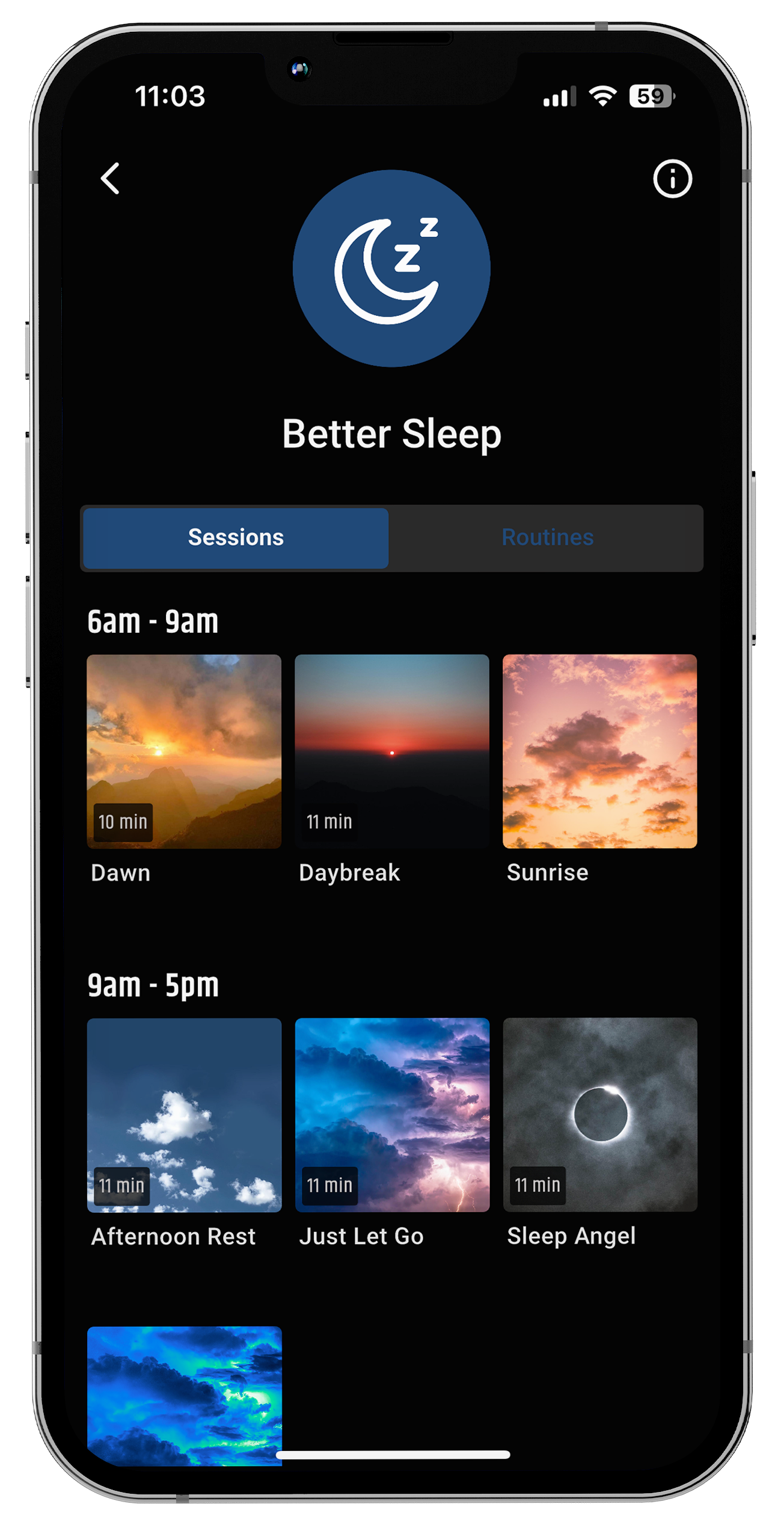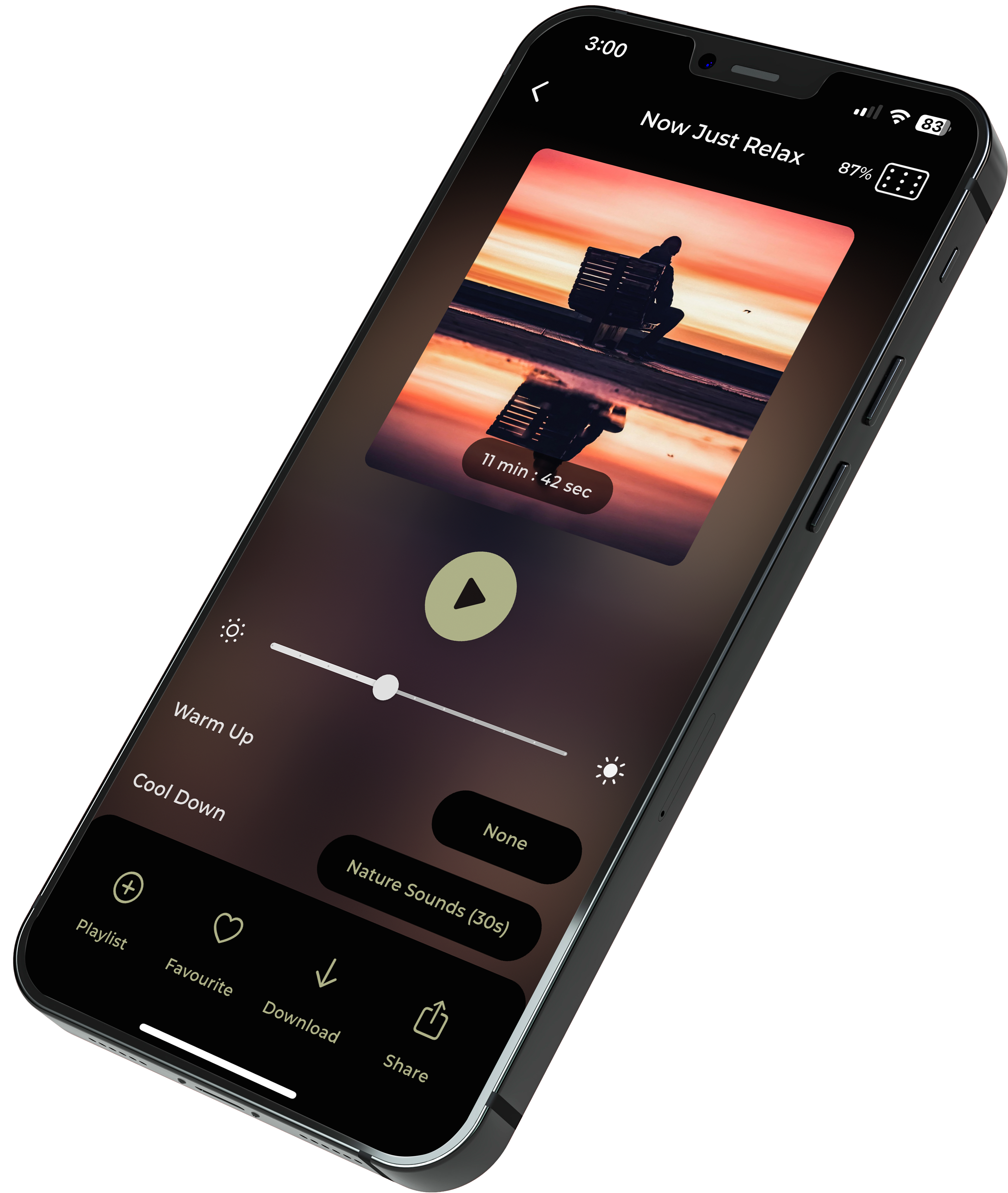In November, moustaches grow on faces and feeds a world wide initiative known as Movember, to remind us of checking the health of men.
However, there is more to it than growing hair beneath the moustache, and that is, growing awareness.
Men all around are going through silent battles. They tend to have an invisible burden pressure to be strong, in control or fine. But science informs us that the body and brain can never be silent. They talk in tension, fatigue, irritability, sleeplessness or the silent feeling of disconnection.
This year, Movember 2025 calls on a different kind of conversation the conversation rooted in neuroscience and mental health. It is because when we know what is going on in the brain, we may take care of it no longer feels like a weakness but it will feel more like wisdom.
Finding The Male Brain Under Pressure.
Studies indicate that men are less likely to seek mental distress help when they are statistically lower than the levels in men who commit suicide even though men are far much more than female worldwide. However, it is not about stubbornness, it is rather the interaction between the male brain and social conditioning.
The neuroscience approach would explain that long-term stress triggers the amygdala which is the alarm center of the brain. in case this alarm is left on too long it sends repeated signals of fight, flight or freeze. Men usually put this into action -more labor, more sports, or retreating, instead of talking.
-
The prefrontal cortex, which controls emotions and decision-making, can become overwhelmed by continuous stress and pressure.
-
This is why many men often say, “I don’t know what’s wrong I just feel off.”
-
Their intellectual clarity is in conflict with a nervous system that needs rest, connection, or emotional expression.
-
Cultural expectations of power and stoicism teach men to suppress emotional signals instead of understanding them.
-
Neuroscience, however, doesn’t see this as a flaw it’s viewed as a form of neural adaptation to environment and experience.
-
The encouraging part is that the brain is plastic it has the ability to rewire itself toward greater safety, openness, and balance.
Integration Brain-Smart Actions for Movember
1. Move for Mood and Mind.
Physical activity increases brain-derived neurotrophic factor (BDNF) a protein that supports resilience, learning, and emotional regulation. Movember’s “Move for Mental Health” challenge isn’t just symbolic; it’s neurologically sound. Even a 20-minute walk can shift your brain from stress to recovery mode.
2. Tune the Nervous System.
Techniques that engage the vagus nerve such as slow breathing, mindfulness, or light and sound neurostimulation (like the neuroVIZR experience) help reset brainwave rhythms associated with calm and focus. The science is clear: the more flexible your nervous system, the greater your emotional adaptability.
3. Talk Connection as Neurobiology.
Human brains are wired for connection. Social interaction activates the ventral vagal system, signalling safety to the body. Even short, honest check-ins (“How are you really doing?”) release oxytocin and reduce cortisol. Talking isn’t weakness it’s a biological act of regulation.
4. Reflect Awareness Builds Regulation.
Journaling, creative expression, or brief self-inquiry helps the brain integrate emotional experiences instead of suppressing them. Ask yourself:
-
“What signals tell my body I’m reaching my limit?”
“When was the last time I truly felt calm?”
Such reflection activates the default mode network in balanced ways, enhancing empathy and perspective.
Transformation Redefining Strength
Strength has often meant endurance pushing through pain. But neuroscience invites a different kind of strength: attunement.
When men learn to read their brain’s signals rather than override them, performance, relationships, and well-being all improve.
Movember, then, isn’t just about awareness it’s about rewiring.
Each conversation, walk, or moment of mindfulness strengthens neural pathways that support connection over isolation, regulation over reaction, and compassion over control.
Conclusion A Month, A Movement, A Mindset
As you see moustaches around you this November, remember that the symbol isn’t just about visibility it’s about vulnerability.
Checking in with your mind isn’t unmanly; it’s neurobiologically intelligent.
This Movember, let’s make men’s mental health not a campaign, but a commitment.
And if you’re exploring tools that help your brain find its calm, focus, and clarity neuroVIZR offers a science-backed way to harmonize your nervous system through light and sound experiences designed to support mental wellness.
Because healing the brain isn’t about control it’s about listening.
Key Takeaways
-
Mental Health Movember 2025 expands beyond moustaches it’s about rewiring how men approach well-being.
-
The male brain under chronic stress benefits from movement, connection, and nervous-system regulation.
-
Talking and tuning the nervous system are not signs of weakness they’re brain-smart strategies for strength.
-
Small daily acts walking, breathing, connecting build the neural foundation for long-term mental health.
FAQs
What is Mental Health Movember 2025 about?
Movember 2025 focuses on men’s health including prostate cancer, testicular cancer, and especially mental health. It’s about encouraging men to open up, connect, and take proactive steps toward well-being.
Why do men struggle to talk about mental health?
Neuroscience shows men’s stress response often drives action or withdrawal instead of verbal sharing, reinforced by cultural norms. Awareness helps rewire this pattern toward openness.
How can neuroscience help men’s mental health?
By understanding how stress and emotion circuits function, men can use brain-smart tools from movement and breathing to light/sound therapy to support calm and resilience.




























Partager:
PMDD and Perimenopause: How Your Brain Is Adapting, Not Failing You